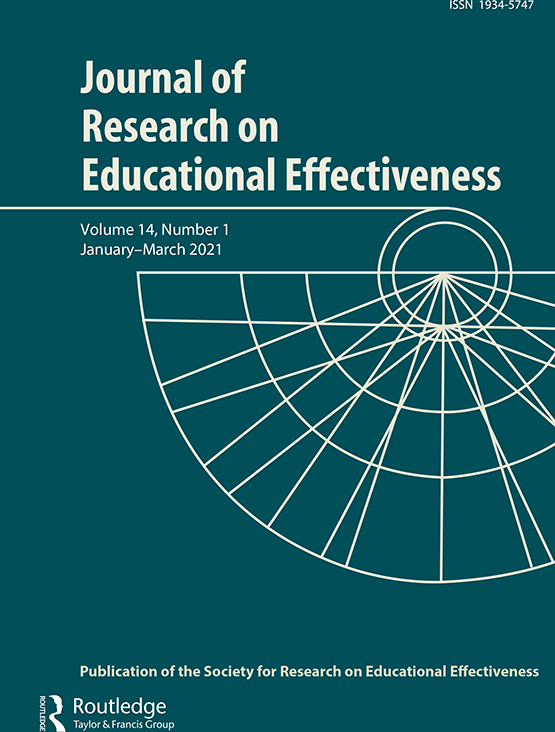tandfonline.com har udgivet en rapport under søgningen “Teacher Education Mathematics”:
Abstract
 ?
?
Abstract
To plan cluster-randomized trials with sufficient statistical power to detect intervention effects on student achievement, researchers need multilevel design parameters, including measures of between-classroom and between-school differences and the amounts of variance explained by covariates at the student, classroom, and school level. Previous research has mostly been conducted in the United States, focused on two-level designs, and limited to core achievement domains (i.e., mathematics, science, reading). Using representative data of students attending grades 1–12 from three German longitudinal large-scale assessments (3,963 14,640), we used three- and two-level latent (covariate) models to provide design parameters and corresponding standard errors for a broad array of domain-specific (e.g., mathematics, science, verbal skills) and domain-general (e.g., basic cognitive functions) achievement outcomes. Three covariate sets were applied comprising (a) pretest scores, (b) sociodemographic characteristics, and (c) their combination. Design parameters varied considerably as a function of the hierarchical level, achievement outcome, and grade level. Our findings demonstrate the need to strive for an optimal fit between design parameters and target research context. We illustrate the application of design parameters in power analyses.
